GST rollout: Cheer about 18% tax for DTH; 28% tax on film sector steep
There is some cheer for the Direct-to-Home (DTH) and cable TV service providers in the new GST regime with the tax rate being fixed at 18 per cent. Under the current Indirect tax regime, the media and entertainment (M&E) industry is primarily subject to service tax of 15 per cent or entertainment tax at an effective rate ranging from 5 per cent to 100 per cent (with the rate of levy varying from state to state) or a combination of both levies. However, there is some tough news for the film sector, which has been taxed at the highest slab of 28 per cent and is clubbed with the gambling and betting industries.
According to Karthik Sundaram, Independent Advocate and Tax Expert, under the proposed GST regime, admission to entertainment events or access to amusement facilities, including exhibition of cinematograph films have been categorised as a ‘supply of services’, which will be charged to GST at 28 per cent with full availability of Input Tax Credits (‘ITC’).
Movie tickets are subject to a levy of entertainment tax. Various states have a lower levy for regional movies as compared to non-regional movies. Sundaram explained that while the constitutional amendment which paved way for the introduction of GST takes away the right of States to levy entertainment tax, under the amended constitutional scheme, a panchayat, municipality or regional council/ district council will now have the right to levy entertainment tax. “Though this change will go a long way in bringing down ticket prices in States where the entertainment tax was much greater than 28 per cent, there still arises an apprehension that GST could result in an increase in ticket prices, in places where the panchayat or municipality retains its right to levy an entertainment tax over and above the 28 per cent GST,” Sundaram pointed out.
Expressing his disappointment, Ajit Andhare, COO, Viacom18 Motion Pictures, said, “We were expecting the government to take a different and more supportive view of the segment. This rate of 28 per cent suggests otherwise. Now that this is done, the key next step is to ensure a minimal local body tax so overall impact is still a net positive to industry.”
Utkarsh Sanghvi, Tax Partner, Media and Entertainment, EY India, commented that in the existing tax regime, cinema exhibitors were exempted from service tax and state VAT, and entertainment tax was the only tax imposed on cinema tickets by states and local bodies. The average entertainment tax collected nationally by the government across all states and languages was in the range of 8-10 per cent of gross box office revenue. According to Sanghvi, logically, the GST rate should not have been more than 12 per cent in order to avoid any exchequer loss. Instead, the Government has equated the film sector with the gambling and betting industries and taxed it at the highest slab of 28 per cent. In addition to this, local bodies across states have also been empowered to impose entertainment tax which was earlier to be subsumed within GST. This means that effectively, the total tax on cinema exhibition sector can be as high as 70 per cent to 80 per cent in states like Maharashtra. “This will impact the sector negatively and drive up the prices of movie tickets,” he added.
Leena Jaisani, Senior Director, FICCI, remarked that there are certain concerns such as a debate on whether permanent transfer of IPR will be treated as supply of goods or services, continuity of various exemptions and increase in compliance requirements, etc., that may create problems for the industry despite the positive impact.
She noted, “The entertainment tax that is levied today varies between 20 per cent and 70 per cent on film tickets, cable operators, DTH would get subsumed under GST benefiting the industry. It will result in persons liable to pay entertainment tax coming under the GST chain and consequently, becoming eligible for credit of GST paid on procurement. This will be positive for businesses such as cinema exhibitors, etc.”
Jaisani further said that the local body tax is not included in GST, empowering the local bodies to charge incremental tax over GST. Hence, media companies would have to pay additional local body tax.
“GST also encourage elimination of dual tax levies of service tax & VAT on various transactions that occur. Under the GST regime, temporary transfer of IPR would be treated as supply of service & would be subject to single levy of GST. The media companies might also observe an increase in compliance cost post GST implementation due to multiple tax returns across all states they operate in. Another bug challenge that media companies face is with respect to advertising revenue generated. The effect would spread over print, TV and digital media,” she added.
Welcoming the introduction of GST, TS Panesar, CEO, Hathway (Video Business), said, “The council’s decision on the tax rate of 18 per cent for cable TV services is an extremely positive development for the industry as compared to the existing structure. The structure it introduces will surely benefit the overall MSO industry as the entertainment tax, CVD and SAD will now be subsumed into GST. We are confident that state and local bodies will not levy any additional tax in lieu of entertainment tax being subsumed into GST to avoid an impact on customer prices thus defeating the purpose of GST. As an MSO, we will charge an LCO a prescribed GST rate which LCOs can in turn claim as input credit and hence, be tax neutral, thus benefiting them. The introduction of GST will definitely help improve the relation between MSO and LCO and also contribute towards growth across the industry and the country.”
While stating that there are pros and cons for every reform, Jagdeep Kapoor, MD, Samsika Marketing Consultants, felt that this Government reform of GST had more pros than cons. He added, “The M&E industry will benefit from simpler processes and better realisation for companies. Consumption will grow. Companies and consumers will benefit overall. Some hiccups are there in any new reform.”
On a similar positive note, Saumin Shah, CFO, Hungama Digital Media Entertainment, said, “Expected growth in India’s GDP by over 8 per cent on the back of efficiencies coming out of GST rollout will lead to increase in advertising spends, with a greater pie to digital advertising. Businesses across sectors will be benefited on account of a single levy and better claim of Input tax credits, which may be ploughed back into advertising. Digital advertising will benefit the most, in the overall advertising space as it continues to grow exponentially with massive growth in consumers on digital platforms.”
At the same time Saumin Shah said that the advertising sector would be subject to higher tax, which will move from the current 15 per cent to 18 per cent under the GST regime, leading to brands ending up paying more as taxes. “GST has its own complexities for businesses operating in multi-states, as there will be Central and State GST. Further, online matching of sales and purchases filed by the clients and vendors will make it operationally more complex. However, the benefits will outweigh the disadvantages.”
Rahul Puri, MD, Mukta A2 Cinemas, preferred to wait and see exactly how GST will impact the entertainment industry. “Even though the tax rate that we fall under is disappointingly high, we need to understand that there are input credits in the system and that could bring down the effective tax rate as a whole. Mukta Arts has worked hard with a consultant to understand the new regime and we are geared up to handle it and ensure that we can smoothly shift over. As our businesses span across a number of areas, there will be much to learn and a lot of follow up, but we are confident of meeting these criteria.”
Meanwhile, the Multiplex Association of India has appealed to the Government to reconsider the tax rate of 28 per cent for the film industry, which it wants to be lowered to around 5 per cent.
When asked whether the M&E industry should have been taxed at the highest slab with 28 per cent, Karthik Sundaram, replied, “Though the industry had been advocating for a much lower rate of GST, the actual impact of GST at the highest slab of 28 per cent can be determined only post calculation of the effective tax burden after considering the fact that full tax credits will be available. The higher rate is justifiable only if local panchayat(s) or municipalities, which retain their right to levy an entertainment tax over and above the 28 per cent GST under the constitutional scheme, do not exercise such right. Further, in some states like Tamil Nadu, the movie ticket prices cannot exceed the upper cap fixed by the State Government. If the effective GST rate is higher than the prevailing entertainment tax rate, then the upper cap on ticket prices should be revised accordingly to ensure that the margins of industry are not affected.”
To the same question, FICCI’s Leena Jaisani responded, saying that the tax should be levied at a lower rate as the local body tax would eventually shoot up the tax rate, making it difficult for the industry. According to her, the ideal GST rate should be levied at about 12 per cent.


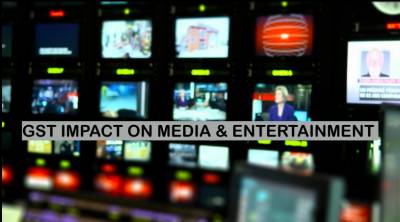







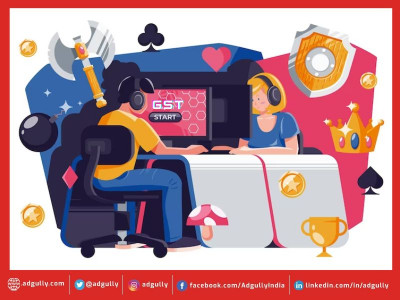



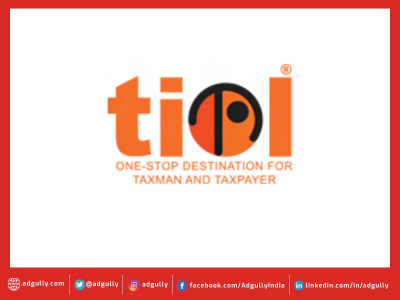




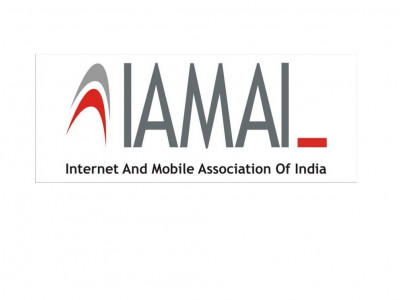

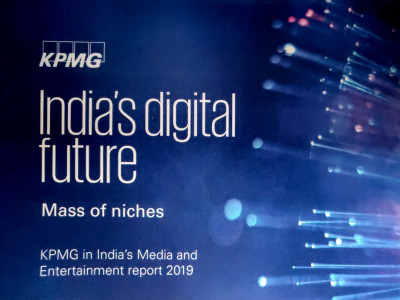

Share
Facebook
YouTube
Tweet
Twitter
LinkedIn